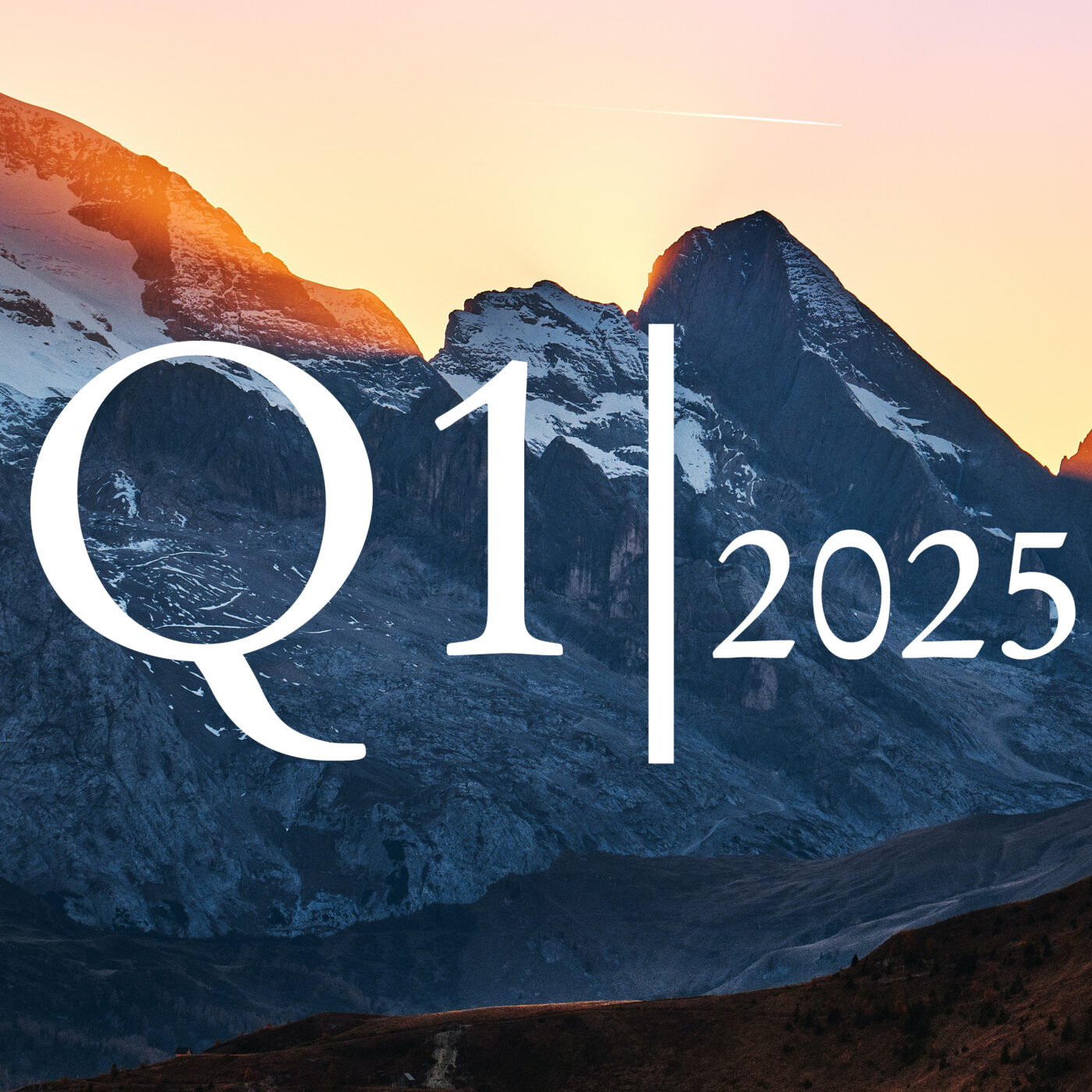Dear readers,
The second quarter brought a lot of back and forth on the markets, but hardly any real progress. US President Donald Trump’s “liberation day” on 2 April was not a liberating blow, but a drumbeat. The announced tariffs triggered the fastest and strongest correction in share prices since the COVID-19 crisis. The uncertainty was so great that Trump suspended these tariffs for 90 days just a few days later. The US austerity measures (DOGE) are failing to meet the ambitious targets and are likely to come to nothing. Instead, the planned tax cuts are likely to widen the budget deficit. Yields on long-term US government bonds rose, the US dollar weakened further and growth expectations were reduced. Together with production increases by OPEC, this depressed the oil price until the Israel-Iran conflict gave it a new tailwind. With the pause in the customs dispute, the stock markets recovered and are betting on trade agreements. They are now close to the levels seen at the beginning of the quarter. Gold is and remains the main winner in this environment.
Uncertainty is likely to remain significantly heightened in the third quarter. As long as the markets do not react strongly negatively, Trump will probably continue to try to improve the US position in the tariff negotiations through threats. More clarity is only likely to emerge with trade agreements. The effects of the tariff dispute on the economy and companies will become increasingly apparent in the third quarter, although the data will not provide a clear picture due to distortions surrounding the tariffs. With the recovery from mid-May, the stock markets are already betting on the customs dispute calming down. The valuation of equities, especially in the US, remains high, while earnings growth expectations for 2025 are declining. And the support provided by lower energy prices has disappeared again for the time being. In our view, however, it would be wrong to become too pessimistic about equities. There are many supportive factors: fiscal stimulus in Germany, tax cuts in the US, the global easing of monetary policy over the past year, a productivity boost from artificial intelligence and increased government spending in the run-up to the mid-term elections and the 250th anniversary of the US. In addition, deregulation efforts in the US and perhaps even in Europe could also provide positive impetus. Less likely, but still supportive, would be economic stimulus programmes in China and Japan as well as the reduction of tariffs. In addition, investor sentiment and positioning, especially of systematic strategies, is not optimistic. We are therefore sticking to our forecast that this year will be a bull year, albeit a tough one. Stronger setbacks should offer buying opportunities. We remain sceptical about (US) government bonds and prefer tangible assets such as equities, precious and industrial metals instead.
In the Insights interview Tobias Schäfer, Head of Fund Strategies and Manager Selection, discusses the trends currently shaping the fund landscape, what is important when selecting funds and what distinguishes our recently launched fund-based asset management strategy “Berenberg Go”.
I wish you an exciting read.
Prof Dr Bernd Meyer
Chief Investment Strategist


